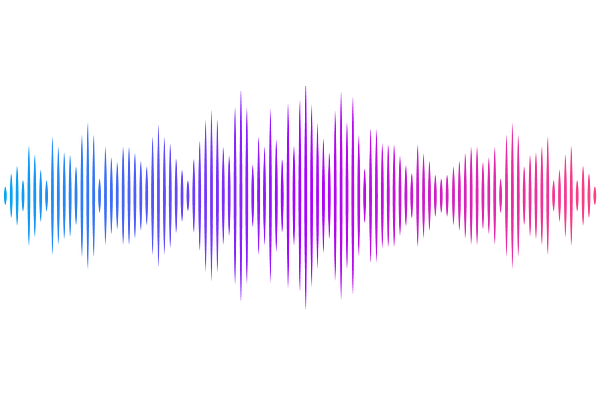The development of trait anxiety in nonhuman primates during the first year of life

The development of trait anxiety in nonhuman primates during the first year of life
Puralewski, R. F.; Aggarwal, N.; Oler, J.; Roseboom, P. H.; Parkins, L.; Riedel, M. K.; Boettcher, C.; Kalin, N. H.
AbstractAnxious Temperament (AT) is a nonhuman primate phenotype that models childhood behavioral inhibition, a prominent risk factor for anxiety disorders and stress-related psychopathology. To understand its earliest antecedents, we characterized the developmental trajectory of AT over the first year of life. Infant monkeys (n=35, 24 female) were longitudinally phenotyped for AT by assessing threat-related increases in freezing behavior, reductions in coo-calling, and increases in circulating cortisol at 1.5, 6, 12, 24, and 52 weeks. AT levels increased linearly, reaching mature levels by 52 weeks. Individual differences in AT, and its components, were stable across development. These findings support further studies during early primate life aimed to uncover neurobiological factors mediating development of this phenotype, which in humans is linked to stress-related psychopathology.